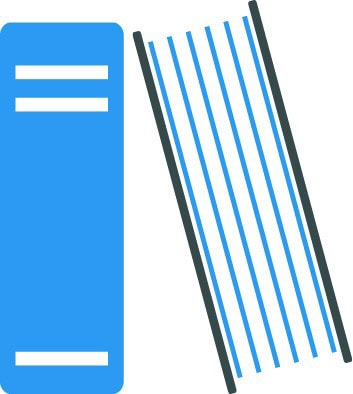145
Instructor’s Guide – Are We Sure This Is Necessary?
Overview:
This story is about the fact that indwelling urinary catheters cause up to 80% of hospital-acquired infections, with 30% being unneeded in the first place, and how a nurse reviews a patient’s chart and challenges the catheterization.

Primary Learning Outcomes
After completing this lesson, the student will be able to:
- Describe the importance of assessing catheter use for each patient on a daily basis.
- Identify protocol for removing inappropriate Foley catheters.
- Explain how to document indications for urinary catheter use.

QSEN Pre-Licensure Competencies
The following QSEN competencies are addressed in this lesson:
- Evidence-Based Practice (EBP): Integrate best current evidence with clinical expertise and patient/family preferences and values for delivery of optimal health care.
Reflection Questions:
Students will answer reflection questions upon completing the story. These questions are aligned with the QSEN competencies and are designed to help the student reflect on both the content of the story and the QSEN competencies addressed by the story.
*Following each question are some potential answers
- What does this story illustrate about the importance of assessing catheter use for each patient daily?
A: This story illustrates it is not only important to assess the catheter of every patient, but also the reason for the catheter. Nurses have a responsibility to be proactive and to discontinue indwelling urinary catheters as soon as medically possible.
- What are the protocols for removing inappropriate Foley catheters? Were they implemented appropriately in this story?
A: Many facilities have protocol and standing orders to guide the healthcare team regarding urinary tract catheter removal. In this story the nurse was going to initiate a call to the doctor and the protocol to remove the indwelling catheter.
- How could the indications for urinary catheter use have been better documented in this story? Why?
A: There were not any indicators for urinary catheter use in this story. This is an example of a catheter being inserted out of convenience for the staff.
Discussion Questions:
Use discussion questions for face to face or online discussion boards to get students to further reflect on the content of the story together.
*Following each question are some potential answers
- What can we learn from this story?
A: The nurse could have initiated the indwelling catheter removal much earlier in the shift. In fact, she did not initiate the catheter removal until a family member asked about it.
- What can we do to ensure that catheters are appropriately inserted?
A: One way is to established guidelines and standing orders so that nurses can follow the protocol and are not reliant on their own personal judgement. This allows nurses to use evidence based practice to support their decisions and actions.
- What can you do to ensure that you review catheter use for each patient on a daily basis?
A: Be proactive and remove the indwelling catheter as soon as medically possible. Documentation should be placed on the front of the chart of each patient with an indwelling catheter.
Suggested Classroom Mastery Activities:
These activities can be tailored for individuals or groups in a face to face or online setting.
- Create a poster to remind others about the importance of assessing catheter use for each patient on a daily basis.
- Work with a partner to develop a presentation to teach others how to appropriately document indications for urinary catheter use.
- Research the consequences of the inappropriate use of Foley catheters and present your findings.

Measuring Student Mastery:
| Learning Outcome | Level 1 | Level 2 | Level 3 |
| Describe the importance of assessing catheter use for each patient on a daily basis. | Student struggles to describe the importance of assessing catheter use for each patient on a daily basis. | Student can describe the importance of assessing catheter use for each patient on a daily basis, but needs further practice. | Student can accurately describe the importance of assessing catheter use for each patient on a daily basis. |
| Identify protocol for removing inappropriate Foley catheters. | Student struggles to identify protocol for removing inappropriate Foley catheters. | Student can identify protocol for removing inappropriate Foley catheters, but needs further practice. | Student can accurately identify protocol for removing inappropriate Foley catheters. |
| Explain how to document indications for urinary catheter use. | Student struggles to explain how to document indications for urinary catheter use. | Student can explain how to document indications for urinary catheter use, but needs further practice. | Student can accurately explain how to document indications for urinary catheter use. |

For additional information on improving team communication, please consult the following articles and resources in Further Reading:
- Achieving an Exceptional Patient and Family Experience of Inpatient Hospital Care
- Professional Behavior Resources
- The Human Factor: The critical importance of effective teamwork and communication in providing safe care.
- Change Management: How to Achieve a Culture of Safety

Story-Specific Best Practices and Proven Tools:
In addition to the ideas generated by students and mentioned in the activities, there are established best practices that may be appropriate to introduce or reference during this lesson to support communication. Some best practices to consider for improving team communication include:
- Advocacy and Assertion
- Call-Out
- Briefs
- Check Backs
- Collaboration
- Feedback
- Debriefs
- Handoff
- AskMe3
- “Speak Up”
- 3Ws – Who I am, What I am Doing, Why I care

